The field of view of an industrial camera is determined by many factors, including camera type, lens, resolution, shooting distance and shooting angle. Different types of cameras and lenses will have different field of view and shooting effects in different application scenarios.

Camera type has a direct impact on field of view range. Industrial cameras can be roughly divided into two categories: area scan cameras and line scan cameras.Area scan cameras can capture two-dimensional information of the entire screen, while line scan cameras can only capture information on one line. Therefore, under the same shooting conditions, the field of view of an area scan camera is wider than that of a line scan camera.
Lens choice also affects field of view.The focal length, aperture size, angle of view and other factors of the lens will all affect the size and clarity of the final shot.Generally speaking, long focal length lenses can get a smaller field of view and larger image details, while short focal length lenses can get a larger field of view and smaller image details.In addition, a large aperture lens can increase the amount of light entering, improve shooting speed and clarity, but it can also cause the depth of field to become shallower, thus affecting the shooting effect.
Resolution also has an impact on field of view. The higher the resolution, the richer the details of the shot, but it also takes up more storage space and processing time.Therefore, when choosing a resolution, you need to make a trade-off based on the actual application scenario.
Shooting distance and shooting angle will also affect the field of view.The closer the shooting distance and the wider the shooting angle, the smaller the size of the shooting picture, but it will also increase the depth of field and clarity.Therefore, reasonable adjustments need to be made during the shooting process according to the actual application scenario and shooting requirements.
To sum up, the field of view of an industrial camera is determined by many factors such as camera type, lens, resolution, shooting distance and shooting angle.When selecting and using a camera, you need to make reasonable selections and adjustments based on actual application scenarios and shooting requirements to achieve the best shooting results.At the same time, you also need to pay attention to the maintenance and upkeep of the camera to ensure its long-term and stable working condition.
TECHNICAL SOLUTION
MORE+You may also be interested in the following information
FREE CONSULTING SERVICE
Let’s help you to find the right solution for your project!


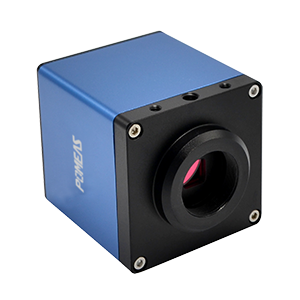
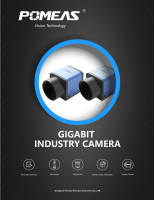

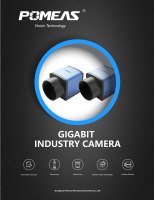
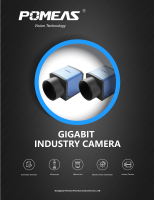
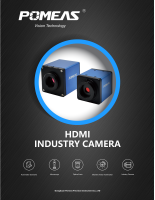
 ASK POMEAS
ASK POMEAS  PRICE INQUIRY
PRICE INQUIRY  REQUEST DEMO/TEST
REQUEST DEMO/TEST  FREE TRIAL UNIT
FREE TRIAL UNIT  ACCURATE SELECTION
ACCURATE SELECTION  ADDRESS
ADDRESS Tel:+ 86-0769-2266 0867
Tel:+ 86-0769-2266 0867 Fax:+ 86-0769-2266 0867
Fax:+ 86-0769-2266 0867 E-mail:marketing@pomeas.com
E-mail:marketing@pomeas.com
